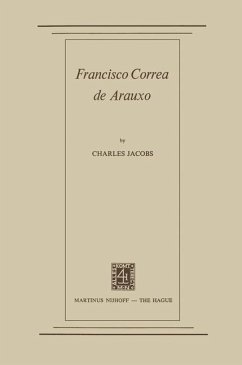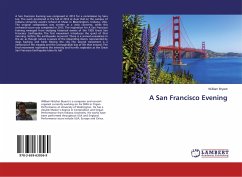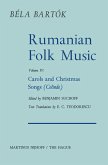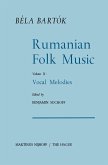Francisco Correa de Arauxo: how little does the name evoke for most musicians? Yet, this composer wrote music equal in interest and beauty to that of such better-known composers of his time as Bull, Titelouze, Gibbons, Sweelinck, and Frescobaldi. Unfortunately, Correa's music was published in a notation which, though excellent, was little-known beyond Spain. Only within the last twenty years has a complete -though regrettably deficient - edition of Correa's music become available. Cabezon, Correa de Arauxo's most significant immediate predecessor on the Hispanic musical scene (at least among keyboard composers whose music survives to any extent), figures among the greatest and most influential Renaissance composers. In Cabezon's works, the ricer car (known as tiento in Spain) and variations forms reached full de velopment. Manuel Rodrigues Coelho, Correa's Portuguese contemporary, al though working well into the seventeenth century, did not venture beyond the formal boundaries established by Cabezon. On the other hand, a number of late sixteenth-century Spanish composers - Francisco Peraza, and others whose works seem irretriev ably lost - apparently were writing music that incorporated into the contrapuntal flow of the tiento toccata-like episodes. The result, for mally, was similar in many respects to toccatas of late-Renaissance Italy. Formal sectionality also appears in the late sixteenth-century Italian ricercar, particularly in those known as canzone francese. This formal trait is present in music by composers of Naples, then under Spanish dominion, and Venice. Correa could not have been working in cultural semi-isolation.








